Polyethylene producers are key players in the plastics industry, delivering one of the world’s most versatile materials. Polyethylene, which includes HDPE (High-Density Polyethylene), LDPE (Low-Density Polyethylene), and LLDPE (Linear Low-Density Polyethylene), is a polymer that has revolutionized industries worldwide. polyethylene manufacturers create products used in packaging, construction, automotive, healthcare, and countless other sectors. Its adaptability, durability, and lightweight nature make it indispensable for modern life.
Leading Polyethylene Manufacturers and Producers Worldwide
Polyethylene producers are essential players in the global plastics market. Here’s an overview of key polyethylene producers’ companies: Top-ranked producers by click share (May 2025):
- Ensinger
- WESTLAKE
- BD Custom Manufacturing
Top 10 companies by revenue:
- The Dow Chemical Company
- Exxon Mobil Corporation
- LyondellBasell Industries N.V.
- SABIC
- INEOS
- China Petrochemical Corporation (Sinopec Group)
- Mitsubishi Chemical Corporation
- Borealis AG
- SCG Chemical
- Formosa Plastics Corporation
These polyethylene producers in the world are leaders in production capacity, market share, and innovation, ensuring the global supply of high-quality polyethylene materials.
Profiles of Prominent Polyethylene Companies
China Petrochemical Corporation (Sinopec Group)
Founded in 2000, Sinopec, headquartered in Beijing, is a global leader in petrochemicals, generating over $400 billion in annual revenue. It is known for producing HDPE and LDPE polyethylene grades. The company is expanding its production capabilities and focusing on sustainability initiatives.
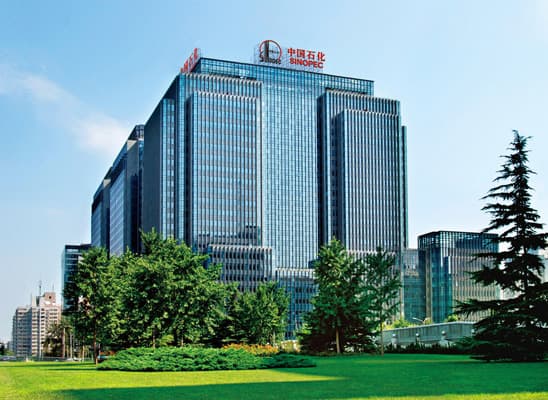
SABIC
SABIC, based in Riyadh, Saudi Arabia, was founded in 1976 and generates $39 billion in revenue. It produces high-performance polyethylene for industries like packaging and healthcare. Recent developments include investments in renewable energy and eco-friendly materials.
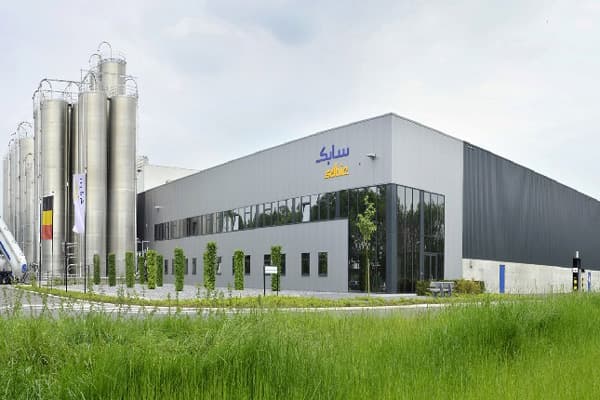
INEOS
Founded in 1998 and headquartered in London, INEOS generates $65 billion in revenue. It is a leading producer of polyethylene and other petrochemicals, known for advancing production technologies. INEOS focuses on creating innovative polyethylene grades with unique properties.
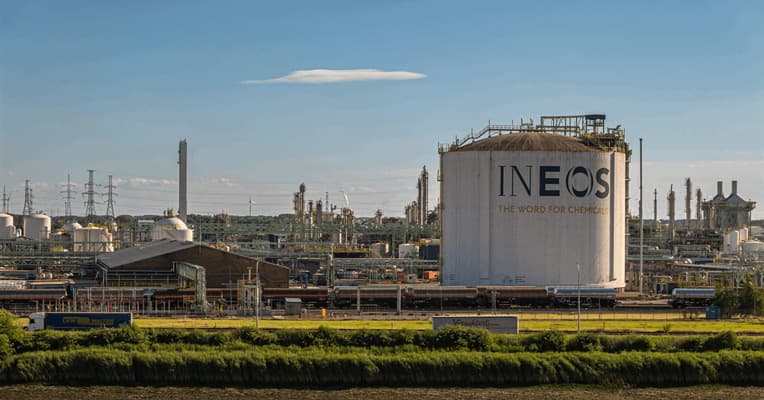
SCG Chemical
SCG Chemical, founded in 1955 and based in Bangkok, Thailand, generates $20 billion annually. It produces polyethylene for industries like automotive and construction. SCG invests heavily in sustainable production processes to reduce environmental impact.

Borealis AG
Borealis, headquartered in Vienna, Austria, was founded in 1994 and generates $11 billion in revenue. Known for producing innovative and sustainable polyethylene, Borealis focuses on recycling and circular economy solutions to promote environmental responsibility.
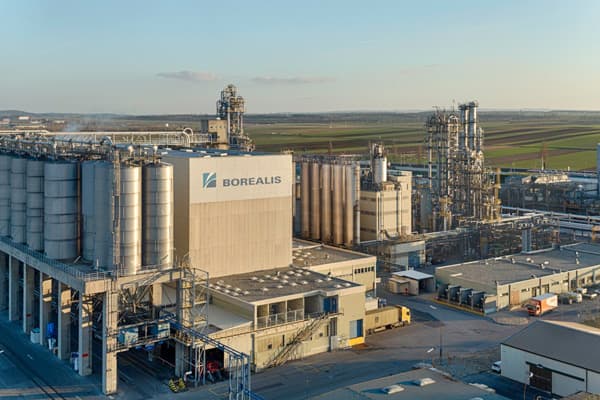
Ensinger
Ensinger, founded in 1966 and headquartered in Nufringen, Germany, specializes in the production of engineering plastics, including polyethylene materials. It serves industries such as automotive, electronics, and healthcare, focusing on high-performance plastic solutions.
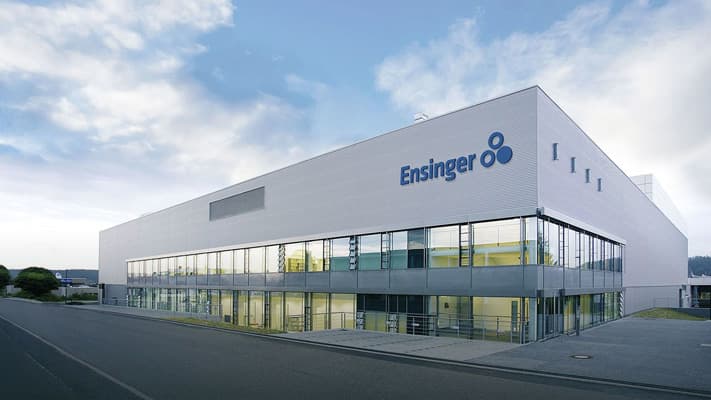
Celanese
Celanese, based in Irving, Texas, was founded in 1918 and generates $8 billion in annual revenue. The company produces a wide range of polyethylene products, serving industries like packaging, consumer goods, and industrial applications. Celanese emphasizes innovation and sustainable solutions.
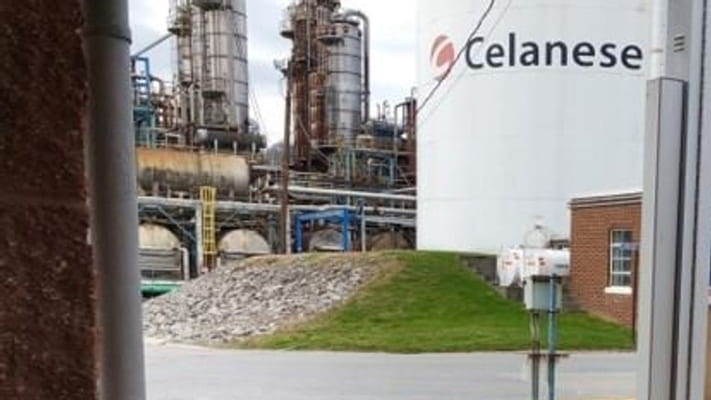
Teknor Apex
Teknor Apex, founded in 1924 and headquartered in Pawtucket, Rhode Island, specializes in thermoplastic elastomers and polyethylene compounds. The company serves diverse markets such as automotive, medical, and consumer products, focusing on product development and sustainable materials.
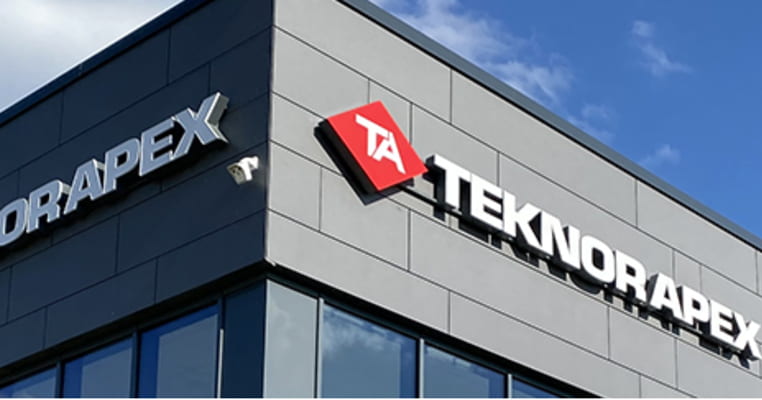
Mitsubishi Chemical Europe GmbH
Mitsubishi Chemical Europe GmbH, a subsidiary of Mitsubishi Chemical Corporation, is headquartered in Düsseldorf, Germany. Founded in 1933, it produces polyethylene products for a variety of industries, including packaging and construction, while focusing on advanced technology and sustainability.

OPI
OPI, part of the OPI International Group, is a leading manufacturer of polyethylene products. Headquartered in the United States, OPI focuses on providing polyethylene solutions for industrial, packaging, and consumer product sectors. The company is known for its emphasis on innovation and customer-specific solutions.
Global Distribution of Polyethylene Manufacturers
Polyethylene producers play a vital role across many regions, ensuring global supply and meeting local demands. Here’s a snapshot of their global distribution:
| Country | Key Producers |
|---|---|
| United States | Exxon Mobil Corporation, Dow Corporate, Chevron Phillips Chemical, WESTLAKE |
| China | Sinopec Group, Weihai Lianqiao New Material Science and Technology Co., Ltd. |
| Germany | Ensinger |
| United Kingdom | INEOS |
| India | Expanding capacity with several regional manufacturers |
| Saudi Arabia | SABIC |
| Thailand | SCG Chemical |
| Austria | Borealis AG |
| Taiwan | Formosa Plastics Corporation |
| Brazil | Braskem |
| Iran | Jam Petrochemical Company, Bandar Imam Petrochemical Company, Amir Kabir Petrochemical Company |
This wide polyethylene producers list highlights how production is geographically diverse, helping balance global supply and demand. Different regions specialize in various PE grades, giving buyers access to a broad product range.
Polyethylene Market Analysis
Polyethylene producers carefully monitor the global market to maintain their competitive edge. The global polyethylene market has shown steady growth over the past decade, driven by increasing demand across the packaging, construction, automotive, and healthcare sectors.
The global market size for polyethylene was valued at over USD 100 billion in recent years and continues to grow at a CAGR of around 4-5%. This growth is influenced by rising consumer demand, particularly in emerging economies, and innovations in polymer technologies. Demand and supply trends vary by region: while Asia-Pacific leads consumption, North America and Europe show stable demand. Factors such as production costs, feedstock availability, energy prices, and trade policies significantly impact the polyethylene price.
Historical pricing data reveal fluctuations due to changes in crude oil prices and global supply chain disruptions. For example, HDPE, LDPE, and LLDPE each have unique price dynamics based on their applications and manufacturing processes. Understanding these factors is crucial for polyethylene producers, manufacturers, and buyers aiming to optimize procurement and remain competitive.
Polyethylene Production Technologies and Processes
Polyethylene producers rely on advanced technologies to manufacture various polyethylene grades efficiently. There are several key production methods:
- Low Pressure Polymerization: This category includes the Ziegler Slurry Process and the Slurry Loop Process. These methods are widely used for HDPE production, offering excellent control over polymer properties. The low temperature and pressure conditions allow producers to fine-tune the molecular weight, density, and other key characteristics of the polymer, resulting in high-quality materials suitable for a variety of applications.
- Gas Phase Processes: The Univation UNIPOL process is one of the most prominent gas phase technologies, used extensively for producing HDPE and LLDPE. Polyethylene producers favor this method because of its high energy efficiency and lower capital investment requirements. Additionally, the process offers great flexibility in manufacturing different grades, making it a popular choice for producers aiming to serve diverse markets.
- High Pressure Polymerization: Autoclave and Tubular processes fall under the high-pressure polymerization category and are primarily used for LDPE production. These methods require specialized equipment capable of handling extremely high pressures. Despite higher operational costs, they enable the production of polyethylene with unique properties such as superior clarity, flexibility, and toughness, which are crucial for specialized applications.
When evaluating production licenses, polyethylene producers’ companies consider several factors:
- Licensing terms and commercial experience
- Investment and production costs
- Utility consumption and environmental impact
Both technical and commercial evaluation criteria are critical when selecting technologies. Factors like catalyst selection, polymer performance, scalability, and after-sales support play key roles. Understanding these processes enables polyethylene producers to optimize efficiency, reduce costs, and meet diverse market needs.
Range of Polyethylene Products Available
Polyethylene producers offer a wide range of products to meet the needs of diverse industries. Common polyethylene products include films, sheets, pipes, containers, geomembranes, and cables. These products are made using different grades like HDPE, LDPE, and LLDPE, each offering specific performance characteristics. For example, HDPE is known for its high strength and stiffness, making it ideal for rigid containers and pipes. LDPE is valued for its flexibility and clarity, commonly used in packaging films. LLDPE offers a balance of flexibility and toughness, often used in stretch wraps and agricultural films.
The variety of products available reflects the adaptability of polyethylene to multiple applications, from packaging and construction to automotive and healthcare. polyethylene producers continuously develop new grades and formulations to meet evolving market demands, offering solutions that combine performance, cost-effectiveness, and sustainability.
Selecting a Polyethylene Supplier or Partner
When choosing a polyethylene supplier or partner, it’s essential to consider several key criteria. First, experience and expertise in the industry play a major role. A reliable supplier should have a proven track record of producing high-quality polyethylene and meeting delivery deadlines.
Another important factor is the supplier’s manufacturing processes and product range. It’s beneficial to partner with a supplier who offers a variety of polyethylene grades and products to meet specific needs, whether for packaging, construction, or medical applications. Moreover, evaluating the supplier’s technical support capabilities ensures that you receive the necessary assistance for product selection, customization, and troubleshooting. Cost efficiency is also crucial. Suppliers should offer competitive pricing without compromising on product quality. Additionally, it’s helpful to request bulk quotes and inquire about lead times, payment terms, and shipping logistics. Introducing Shobeir Shimi as a potential polyethylene partner can provide added value, as their expertise and diverse product offerings make them a strong candidate for long-term collaboration.
Conclusion
In conclusion, the polyethylene industry plays a crucial role in a wide range of applications across various sectors. With numerous Polyethylene producers in usa and other countries, the industry continues to evolve, driven by advancements in technology, production processes, and a growing demand for sustainable solutions. As companies seek to optimize their supply chains and meet consumer needs, choosing the right polyethylene supplier or partner becomes more important than ever. By evaluating key factors such as production capabilities, product variety, technical support, and cost efficiency, businesses can ensure they select the most reliable partners. Whether it’s HDPE, LDPE, or LLDPE, polyethylene producers offer diverse solutions to meet global market demands. As the industry grows and adapts, partnerships with leading polyethylene producers like Shobeir Shimi can provide businesses with competitive advantages in both quality and innovation.


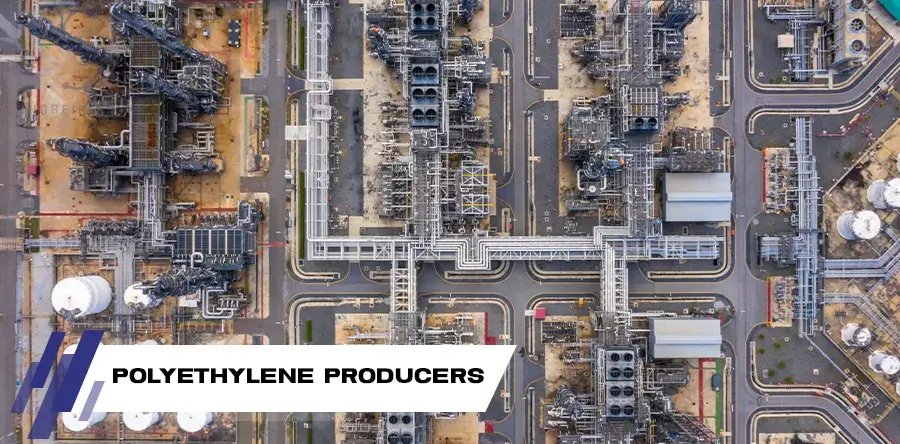
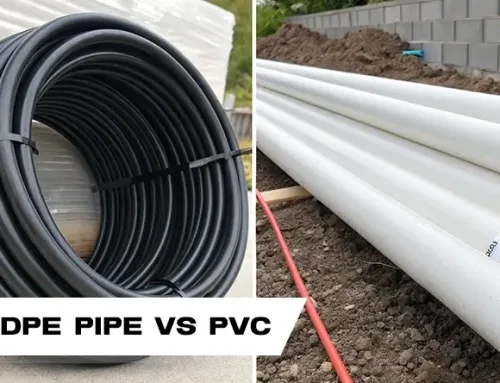
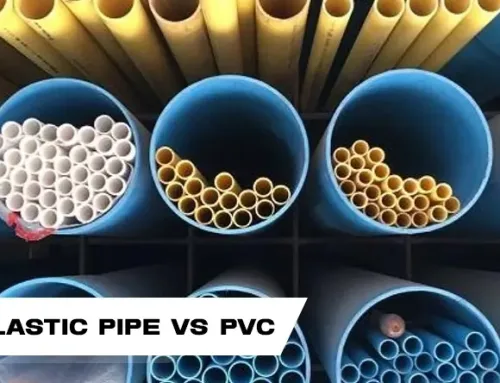


Leave A Comment